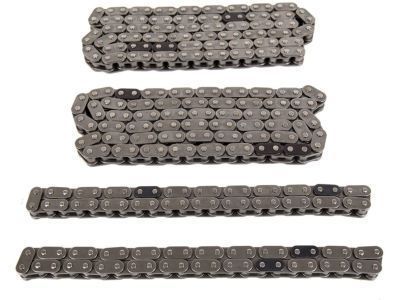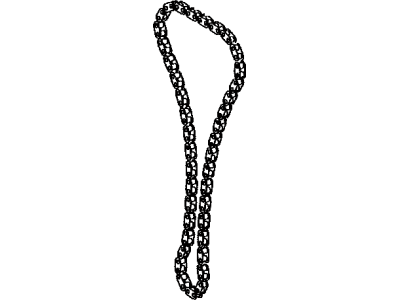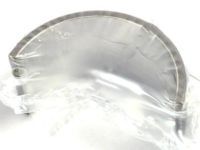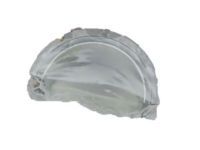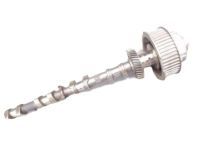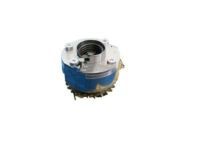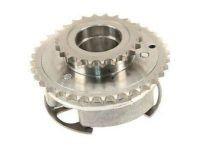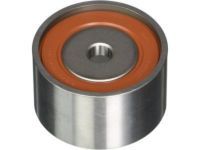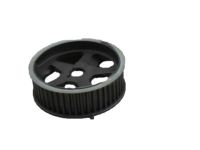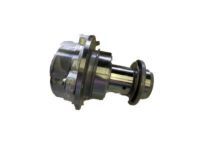To ensure reliability, purchase Toyota part # 13506-0S020 Chain Sub-Assembly, NO.1. It is sometimes referred to as Toyota Timing Chain. For unrivaled quality, OEM parts are the ultimate choice. These parts are manufactured by Toyota's official factory using top-quality materials and undergo strict testing procedures, ensuring outstanding dependability and long-lasting durability. This part fits 2009-2013 Toyota Sequoia, 2009-2020 Toyota Tundra.
ToyotaPartsDeal.com is a leading supplier of genuine Toyota parts and accessories such as Toyota 135060S020 Chain Sub-Assembly, NO.1. In need of OEM Toyota parts? Look no further than our extensive inventory of genuine Toyota parts, competitively priced to be highly exceptional in the market. They are all manufacturer-warrantied. Add to that, our easy return policy and swift delivery service, and your shopping experience promises to be the great pleasant ever. For detailed Toyota parts information, click here.


